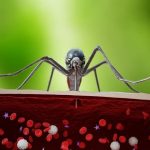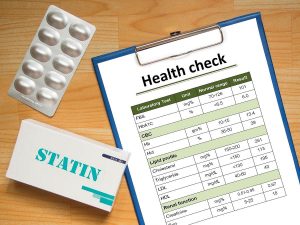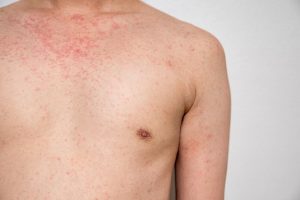
Not all high school injuries happen on the football field or the basketball court. Marching band is also a physically demanding activity and participants can suffer injuries, as seen in a new study that looked at emergency room visits. Injuries ranged from issues with the knees or ankles to mild head trauma. Girls were the most commonly injured. About 70% of marching band-related injuries reported to emergency departments over a nine-year period were in high school-age females. Most were knee and ankle injuries. The research was presented Sunday at the American Academy of Pediatrics (AAP) annual meeting in Washington, D.C. Findings presented at medical meetings are considered preliminary until published in a peer-reviewed journal. “Like their instruments, band members must be in tune with their bodies,” Capt. Jacob Coene, a doctor in the U.S. Air Force, said in an AAP news release. “Coaches and parents should be educated on the risk of soft tissue injury and mild traumatic brain injury to help keep their band members marching to the beat of the drum.” To study the issue, researchers reviewed more than 20,000 marching band injuries reported to emergency departments between 2012 and 2021 in data provided by the National Electronic Injury Surveillance System. About 85% of marching band injuries occurred in those aged 14 to 18. About 6% of injuries were mild traumatic brain injury.… read on > read on >


























-300x200.jpg)










